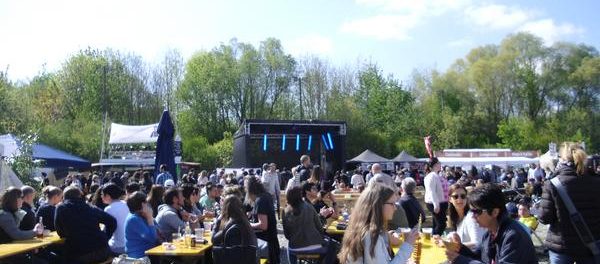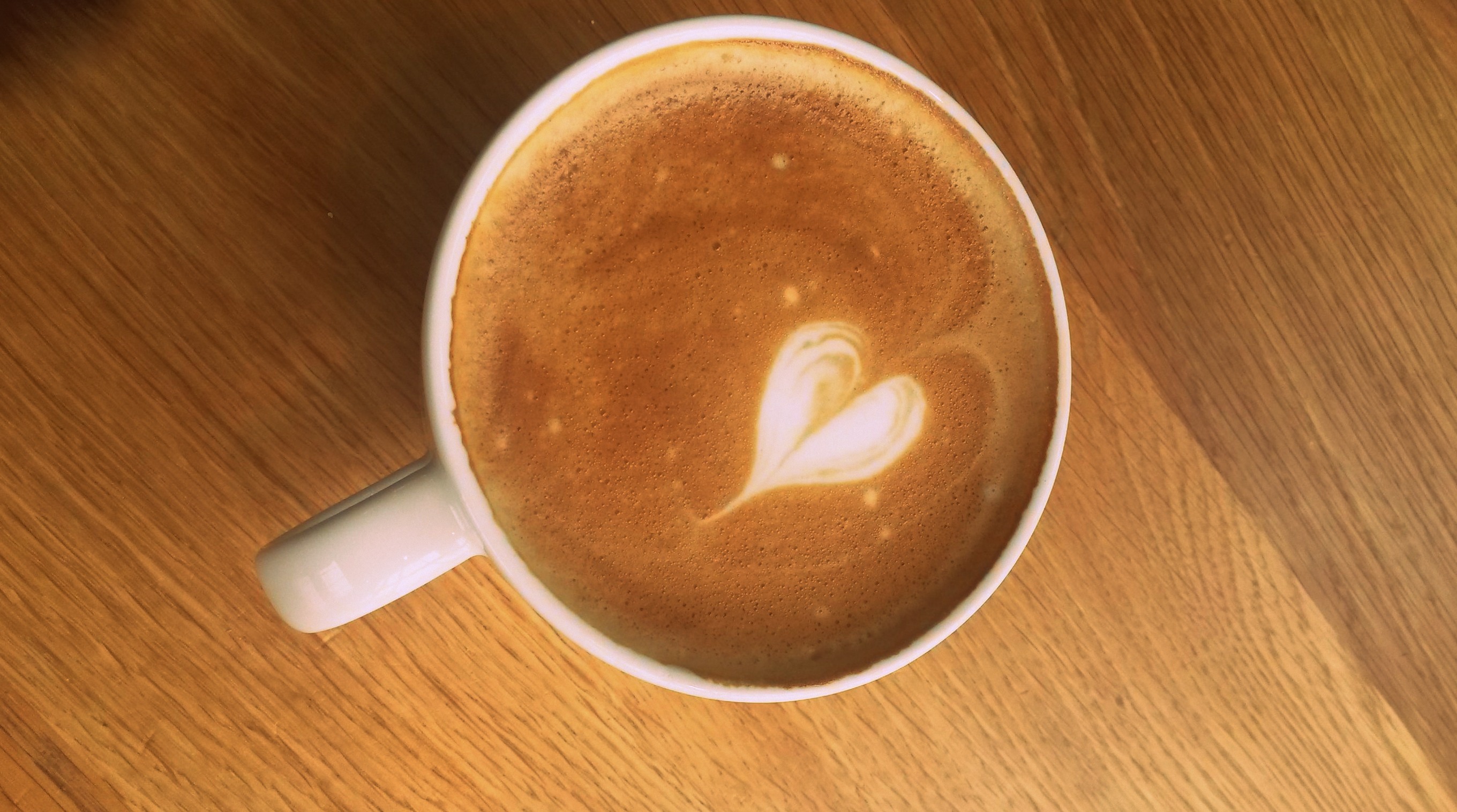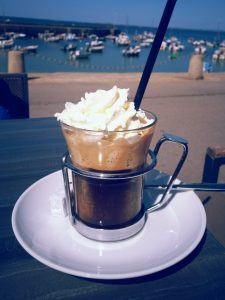Il 13 Maggio scorso si è inauguara la 57° Biennale d’arte di Venezia.
L’esposizione internazionale più antica del mondo – la prima fu inaugurata nel 1895 – deve il nome alla sua scadenza “biennale” (=ogni due anni). Quest’anno la mostra è firmata da una donna: Christine Macel, chief curator del Centre Pompidou di Parigi, che ha intitolato la sua Biennale VIVA ARTE VIVA, per evidenziare la centralità dell’arte e della vita stessa degli artisti come strumento per comprendere il contemporaneo, al di là delle ideologie (molto più centrali nelle edizioni precedenti).
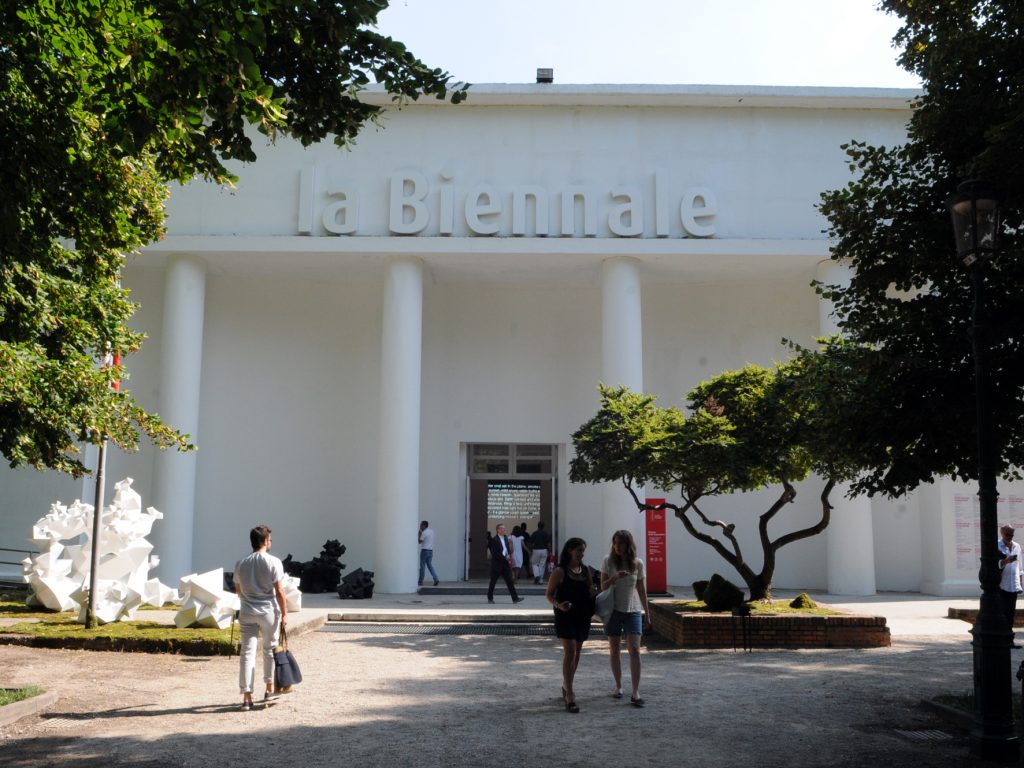
I LUOGHI DELLA MOSTRA
L’esposizione (che terminerà il 26 novembre) si snoda, come da tradizione, in tre diverse aree: I) i Giardini, con i loro 29 padiglioni nazionali e con il grande Padiglione Centrale, II) l’Arsenale (annesso alla Biennale nel 1980), il vecchio complesso rinascimentale di cantieri, officine e depositi da cui usciva un tempo la flotta di Venezia, e III) il centro storico della città che, tra i palazzi delle sue calli, ospita i lavori di ulteriori nazioni. I padiglioni nazionali, 85 in tutto, sono tradizionalmente allestiti dai curatori dei paesi stessi, mentre le due mostre internazionali nelle cosiddette Corderie dell’Arsenale e al Padiglione Centrale dei Giardini, sono dirette dal curatore della Biennale (Christine Macel).
Nonostante per molti addetti ai lavori le partecipazioni nazionali siano un elemento anacronistico (nelle altre “biennali” del mondo queste distinzioni non esistono!), per lo spettatore la visita ai Giardini rimane l’esperienza più bella. I padiglioni storici della Biennale sono infatti immersi in un meraviglioso parco verde (una rarità a Venzia!). Lo spettatore, tra un padiglione e l’altro, può passeggiare lungo i viali di ghiaia, tra il verde della natura o sedersi su una comoda panchina a riflettere sulle opere viste …ed evitare il faticoso tour de force tipico delle grandi mostre!
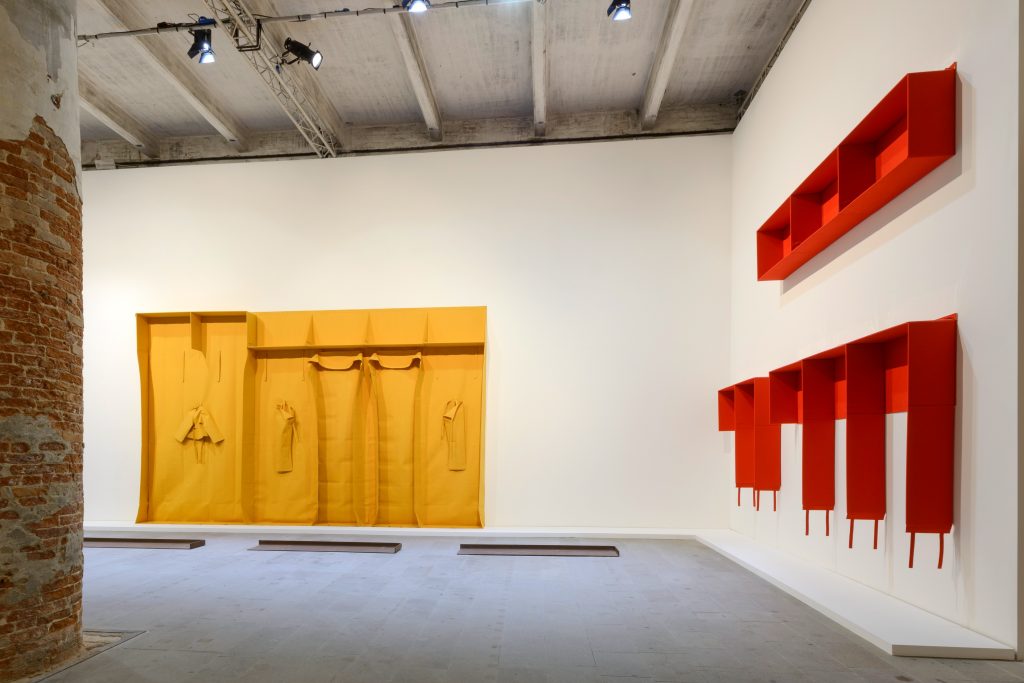
I PREMI
Quest’anno il “leone d’oro” al miglior padiglione nazionale è andato al Padiglione Tedesco, con la performance Faust di Anne Imhof. Il padiglione, nella sua conformazione attuale, fu eretto durante il regime nazista: un particolare che gli artisti difficilmente possono ignorare.
Anne Imhof (Gießen, 1978) ha voluto richiamare le atmosfere cupe, violente e intimidatorie dei regimi fascisti rinchiudendo fuori dal padiglione, in una grande gabbia, dei cani doberman, il cui abbaiare insistente e minaccioso fa da sottofondo alle performances all’interno. Dentro al padiglione un gruppo di giovani si aggira tra le sale al ritmo di suoni digitali, improvvisando movimenti che evocano violenza, autoerotismo e rapporti sado-maso. L’interno dell’edificio è vuoto e asettico: un espediente che accresce ed esaspera ulteriormente nel visitatore la sensazione d’angoscia. Il pavimento delle sale è ricoperto da una pedana di vetro trasparente, al di sotto della quale si muovono altri performers, dando allo spettatore l’impressione di calpestarli.

Ai giardini si trova anche una delle due sezioni curate da Christine Macel: il Padiglione centrale, con una parte delle opere dei 120 artisti selezionati.
Il biglietto della mostra permette l’accesso anche all’altro grande spazio (17.000 mq!) annesso alla Biennale: l’Arsenale, nelle cui Corderie si snoda la seconda (e principale) sezione dell’esposizione di Christine Macel. Per raggiungere l’Arsenale, dai Giardini si può prendere la navetta Giardini-Arsenale, il vaporetto n. 1, o fare una passeggiata di ca. 10-15 minuti lungo la laguna.
Quest’anno anche il “leone d’oro” di questa parte dell’esposizione, quello al migliore artista, è andato ad un tedesco: Franz Erhard Walther (Fulda, 1939) con le sue bellissime installazioni geometriche di stoffa colorata esposte all’Arsenale …. Insomma: quella del 2017 possiamo proprio definirla la “Biennale della Germania”!
Author: Francesca Talpo
Pictures: Il Padiglione Centrale ai Giardini (©la Biennale di Venezia)
Le opere di Franz Erhard Walther alle Corderie dell’Arsenale (©la Biennale di Venezia)
L’Arsenale (©Photo Andrea Avezzù – Courtesy la Biennale di Venezia)

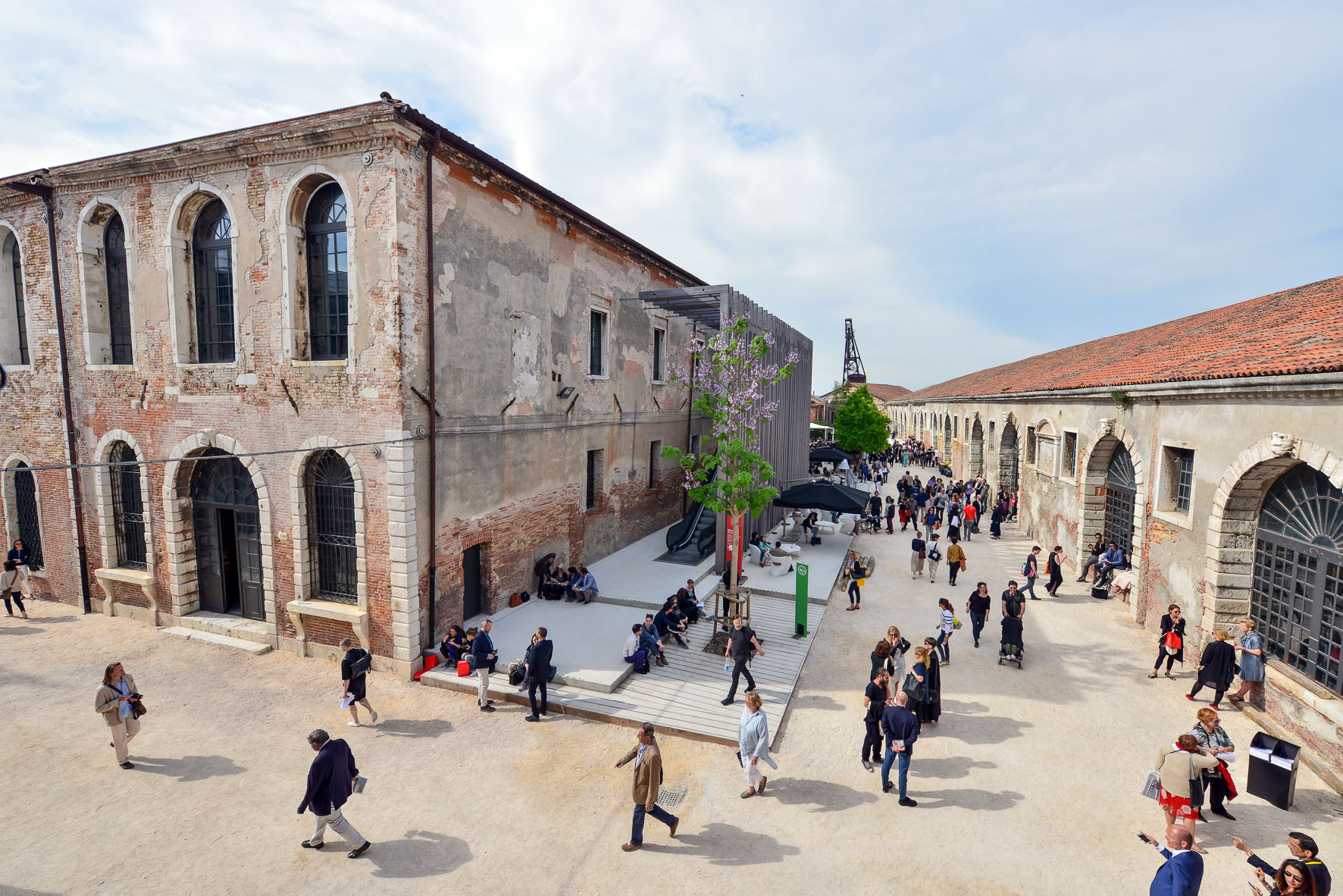
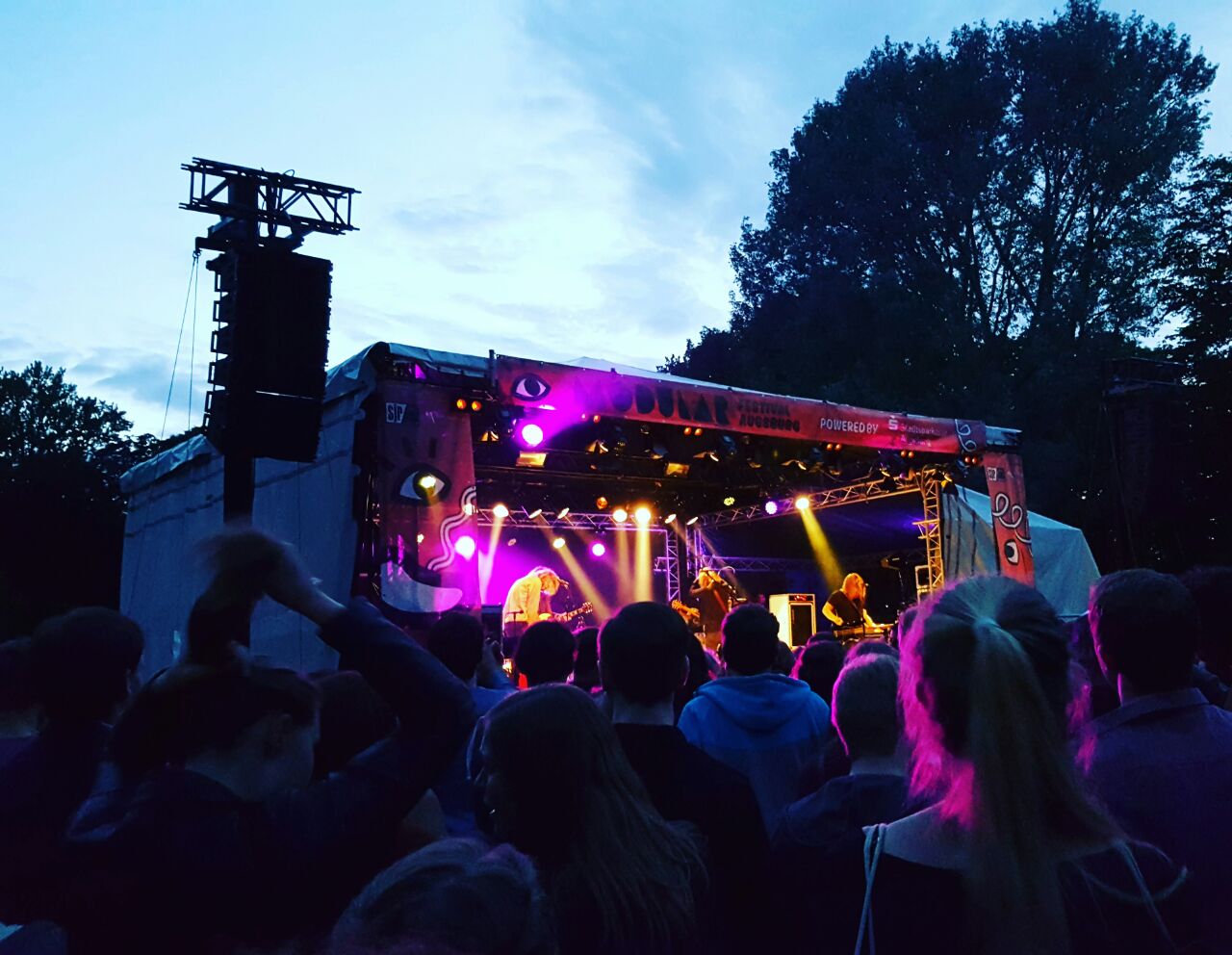
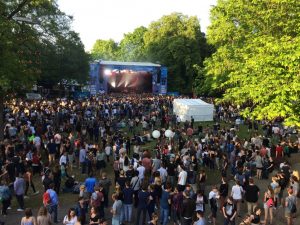 Music
Music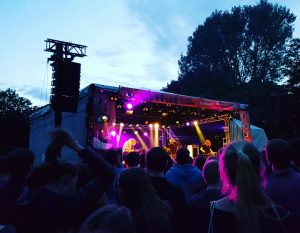
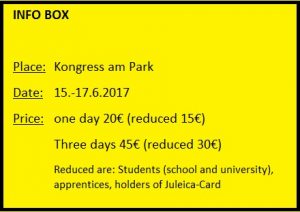
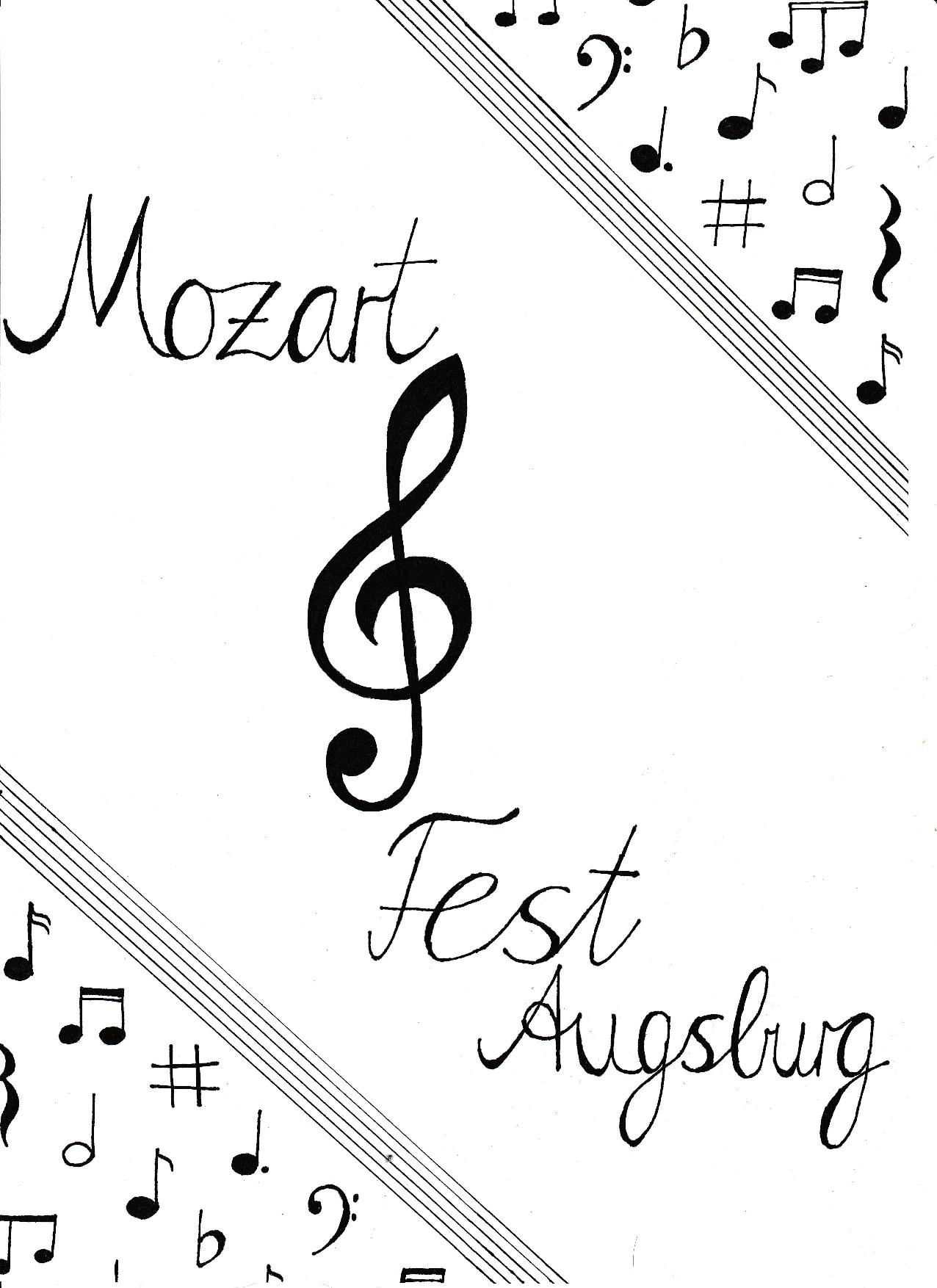
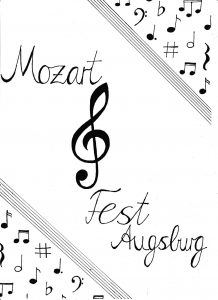 Wolfgang Amadeus Mozart – a name you should be familiar with. Everybody knows Mozart and has heard at least one of his amazing pieces or seen one of his famous operas. But what if I tell you that most of what you think you know about Amadeus was actually made up after his death and is probably not true? What if even the name you’re so familiar with isn’t his actual name?
Wolfgang Amadeus Mozart – a name you should be familiar with. Everybody knows Mozart and has heard at least one of his amazing pieces or seen one of his famous operas. But what if I tell you that most of what you think you know about Amadeus was actually made up after his death and is probably not true? What if even the name you’re so familiar with isn’t his actual name?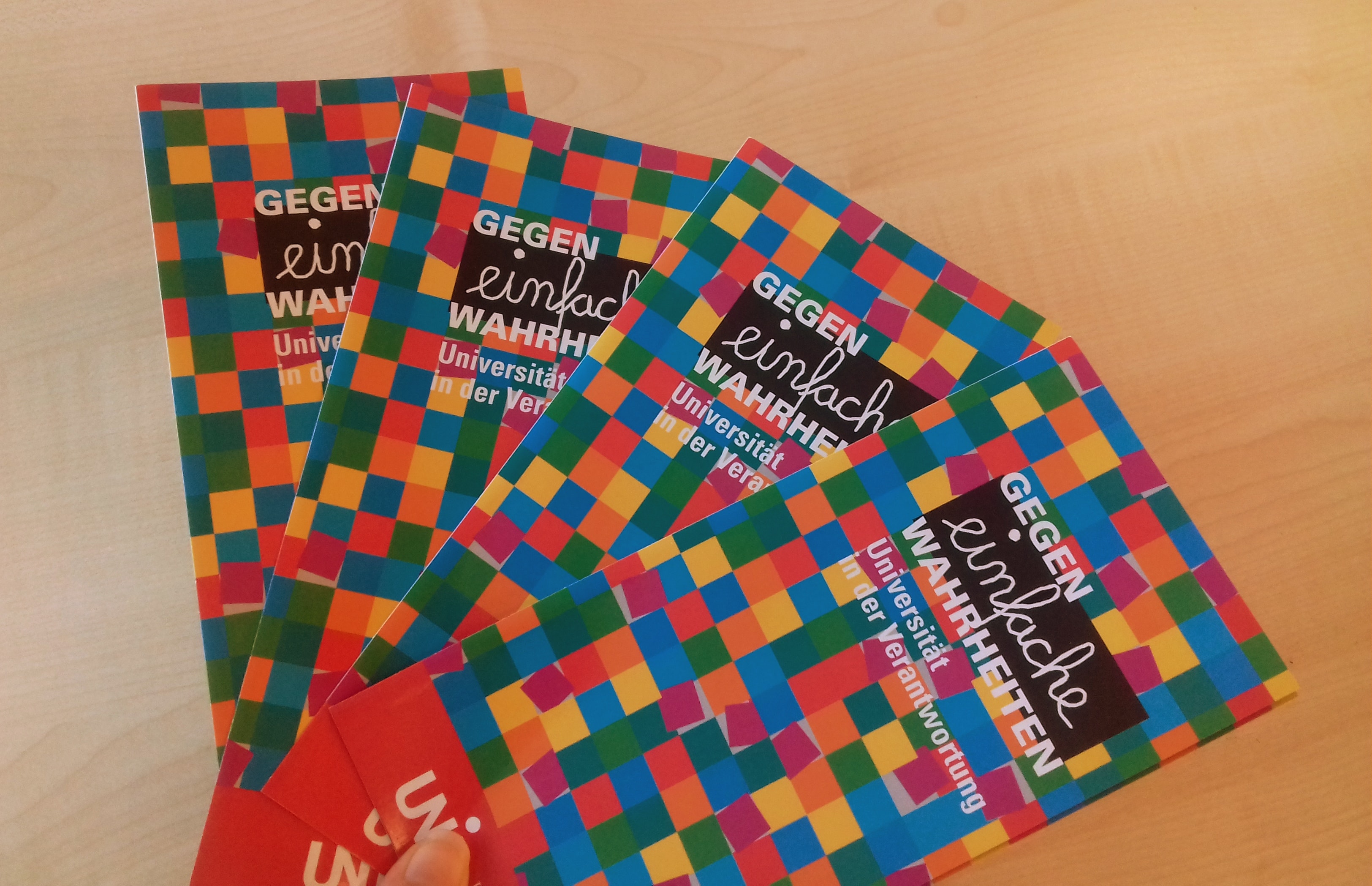
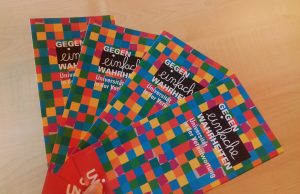
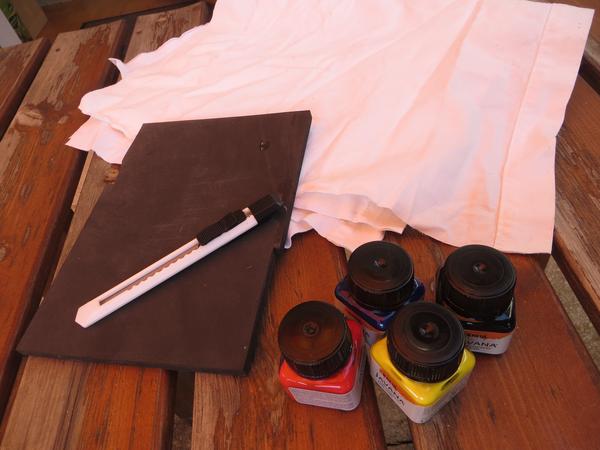
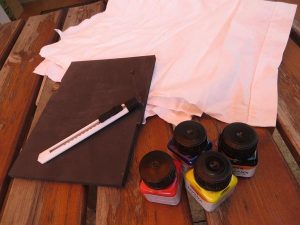
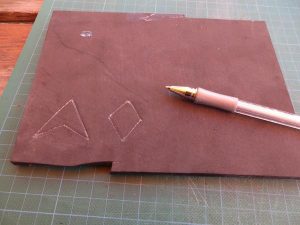
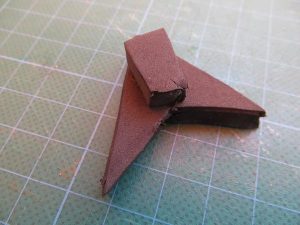
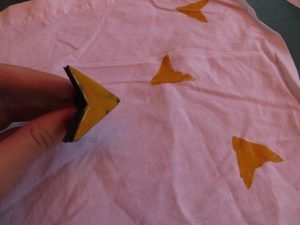
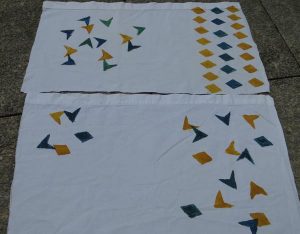
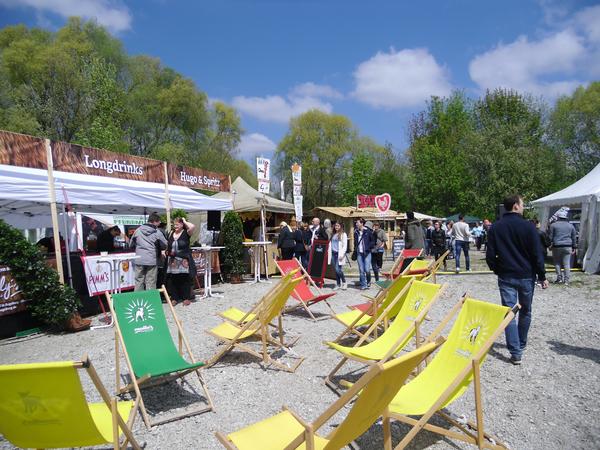
 options and much more. And even though the Kongresshalle isn’t that big, there were a lot of different booths and everybody seemed to enjoy themselves. Whiskey, liquor and moonshine tasting were some of the fun booze-related activities you could indulge in. How about some tiny but delicious cupcakes? Sure! At some – if not most – of the booths, you could use the vouchers you got for paying to get in. This way you basically got all your money back and theoretically the entrance was free (with the early bird ticket at least).
options and much more. And even though the Kongresshalle isn’t that big, there were a lot of different booths and everybody seemed to enjoy themselves. Whiskey, liquor and moonshine tasting were some of the fun booze-related activities you could indulge in. How about some tiny but delicious cupcakes? Sure! At some – if not most – of the booths, you could use the vouchers you got for paying to get in. This way you basically got all your money back and theoretically the entrance was free (with the early bird ticket at least). between September 23 and 25, 2016 at the Gögginger Festplatz. Compared to 2015, there were almost twice as many booths and almost no waiting time at all. Everybody seemed to be crazy about those potato spiral thingies – they were delicious, but we couldn’t figure out if there were bread crumbs on them or not. The smoothie booth was a nice touch. I actually ordered the first Green Bull of the day. The pies, a ton of different versions of hot dogs, BBQ, pizza, Israeli and vegan booths also gave visitors an opportunity to try something new. One of my favorites was definitely the donuts: they looked, smelled and tasted like heaven! And if you were there early, you could easily get a very nice spot on a deckchair and enjoy the sun while nibbling on something yummy and drinking a cocktail, beer, smoothie or just plain water.
between September 23 and 25, 2016 at the Gögginger Festplatz. Compared to 2015, there were almost twice as many booths and almost no waiting time at all. Everybody seemed to be crazy about those potato spiral thingies – they were delicious, but we couldn’t figure out if there were bread crumbs on them or not. The smoothie booth was a nice touch. I actually ordered the first Green Bull of the day. The pies, a ton of different versions of hot dogs, BBQ, pizza, Israeli and vegan booths also gave visitors an opportunity to try something new. One of my favorites was definitely the donuts: they looked, smelled and tasted like heaven! And if you were there early, you could easily get a very nice spot on a deckchair and enjoy the sun while nibbling on something yummy and drinking a cocktail, beer, smoothie or just plain water.